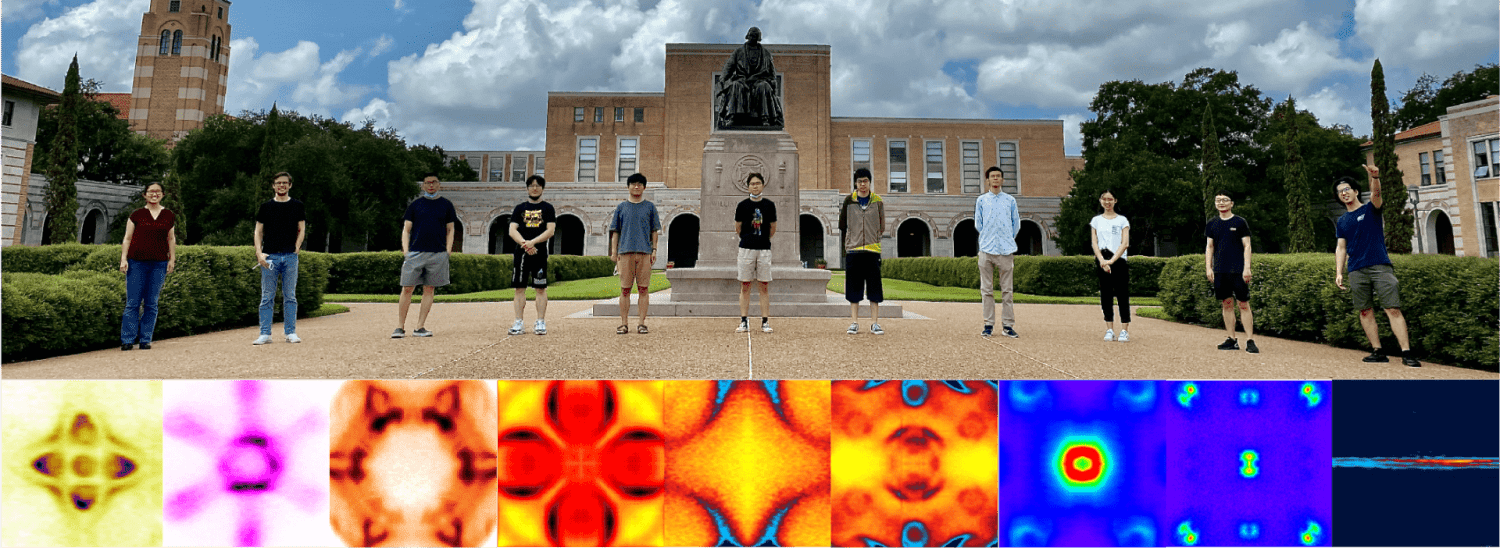In this work, we establish an ideal Kramers nodal line (KNL) system. By intercalating the transition metal dichalcogenide 2H-TaS2 with a fractional amount of indium, a KNL arises at the Fermi level due to the combined effects of broken inversion symmetry, mirror symmetry protection, and nonstoichiometry. Using spin-resolved angle-resolved photoemission spectroscopy (ARPES), ab-initio-based one-step model ARPES calculations, and angle-dependent quantum oscillation experiments, the KNLs are demonstrated not only in the ideal case of In0.5TaS2 but also across the isostructural family. Such a discovery pertains to potential applications in spintronics, valleytronics, optoelectronics and facilitates the exploration in topological superconductivity.
The publication is accompanied by a Rice news release.
